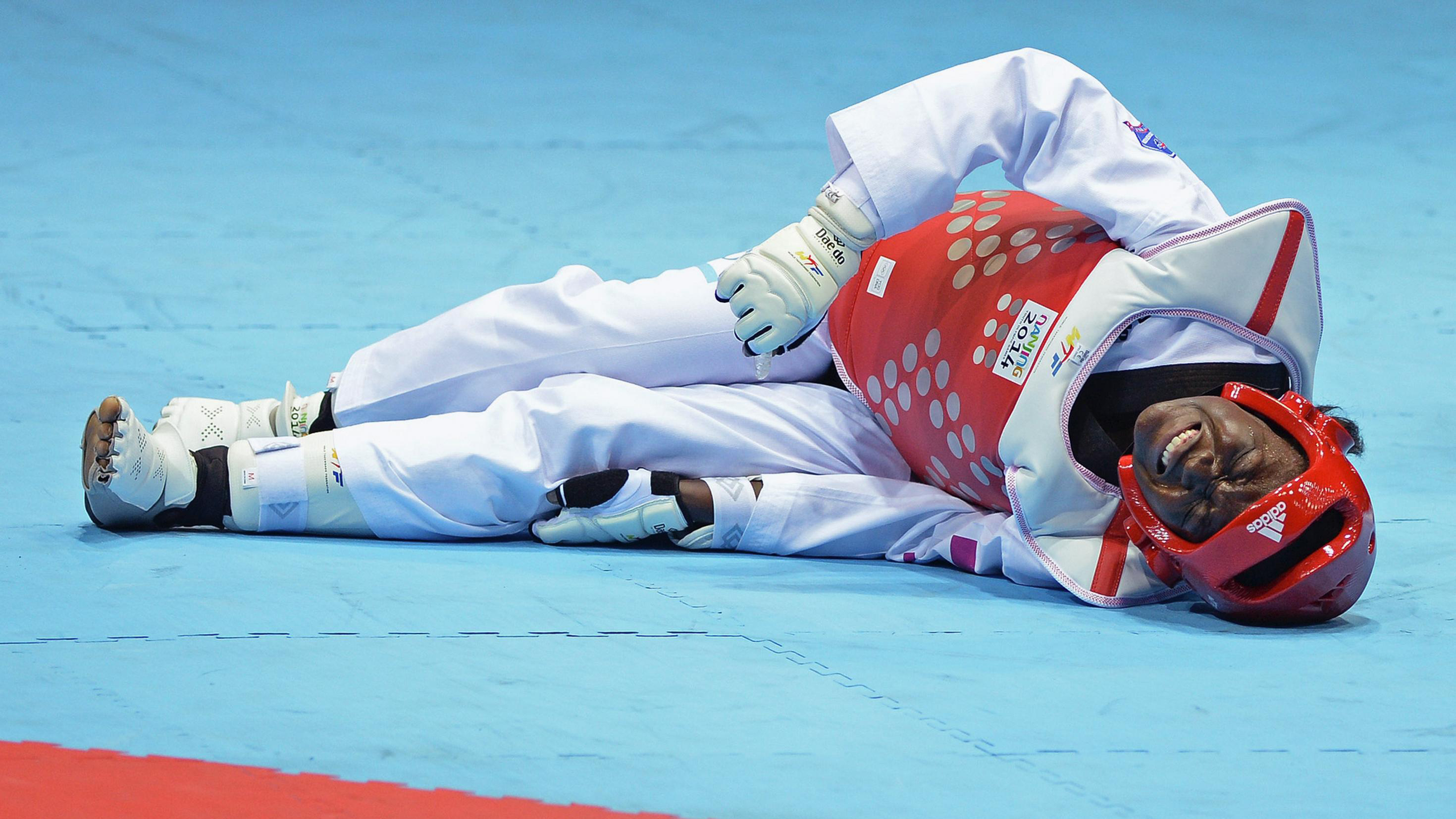Dislocated kneecap
A dislocated kneecap is a common injury for active teenagers and young adults. It is more frequent in girls.

The injury can result from a direct trauma, but it is more often associated with a sudden change of direction and twisting motion in the knee. There’s usually no contact. The kneecap almost always dislocates sideways to the outside of the knee.
The injury is often obvious, as the kneecap will sit far off to the side. It will normally go back into position by itself when the person straightens their leg. This can happen so quickly that the injured person isn't fully aware of what has happened. When the kneecap dislocates, the supporting tissues can be stretched or torn.
Reduced mobility
Immediately after the injury, it is common to feel pain along the edge of the kneecap. A general swelling can limit the knee's movement. Bend the knee is usually difficult. If it’s the first time the kneecap has been dislocated, an X-ray examination is recommended to rule out a fracture.
Treatment and rehabilitation
If the kneecap does not immediately go back into place by itself, it is important to seek medical help as soon as possible. The next important step after this is to reduce pain and swelling. It is also important to offload the knee for a period. It is advised to seek the help of an experienced physiotherapist.
Most first time cases of this injury are treated conservatively (without surgery). There is no indication that surgery is more beneficial. The aim is to increase the stability around the knee. The focus should also be on whole body movement control and functional movement patterns to try and prevent the knee ending up in a position where it is more susceptible to a new injury. Rehabilitation following a first-time injury takes between 8 and 12 weeks. The main goal of rehabilitation is to reduce the risk of recurrent injury.
If the kneecap is repeatedly dislocated, surgery may be necessary. The purpose of the operation is to increase stability in the knee. Rehabilitation is a lengthy process and takes at least 12 months. A knee brace can be useful in combination with comprehensive rehabilitation. Bracing does not prevent instability but may be helpful for those with a feeling of instability.


